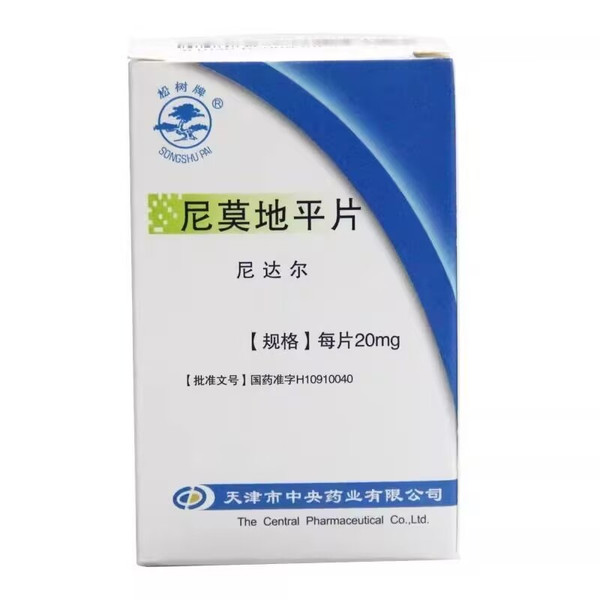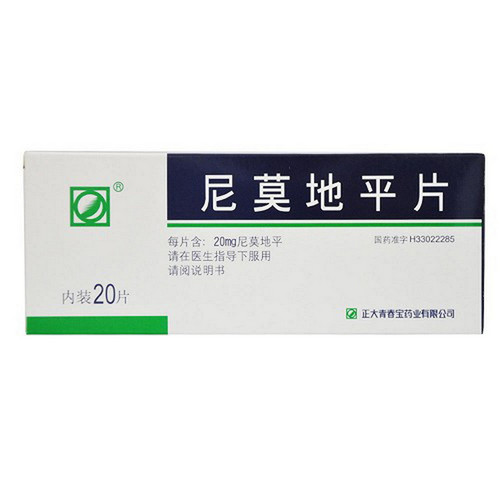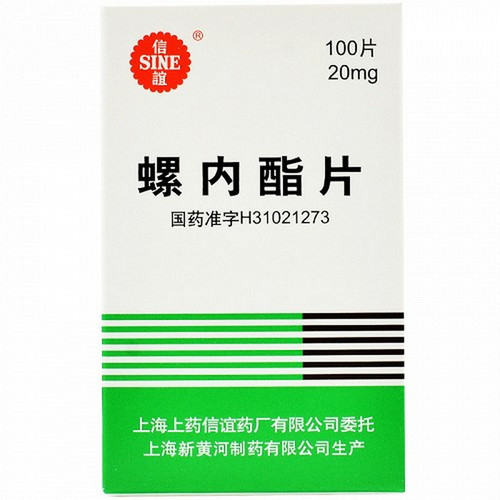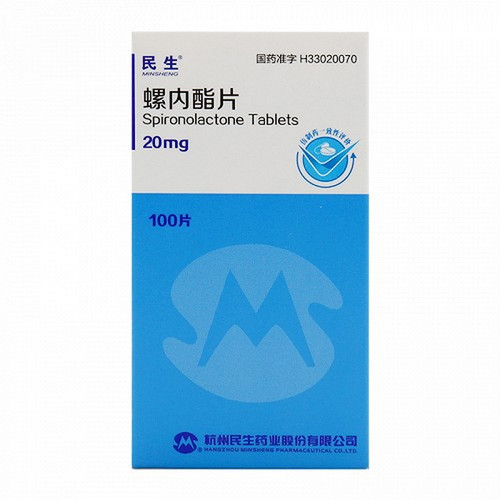Product Overview
[Drug Name]
Generic Name: Nimodipine Tablets
Trade Name: NiDaEr Nimodipine Tablets 20mg*50 Tablets
Pinyin Code: NiDaEr NiMoDiPingPian 20mg*50 Tablets
[Main Ingredients]
The main ingredient of this product is nimodipine. Its chemical name is 1-methylethyl-2-methoxyethyl, 1,4-dihydro-2,6-dimethyl-4-(3-nitrophenyl)-3,5-pyridinedicarboxylate. Molecular Formula: C₂₁H₂₆N₂Oₐ Molecular Weight: 418.45
[Properties]
This product is available as off-white to pale yellow tablets, film-coated tablets, or sugar-coated tablets; after removing the coating, it appears off-white to pale yellow.
[Indications/Main Functions]
This product is a calcium-chelating agent indicated for ischemic cerebrovascular disease, migraine, cerebral vasospasm caused by mild subarachnoid hemorrhage, sudden deafness, and mild to moderate hypertension.
[Specifications]
20mg x 50 tablets
[Dosage and Administration]
Oral: During the recovery period of acute cerebrovascular disease, take 30-40mg four times daily or every four hours.
[Adverse Reactions]
Extensive clinical experience has demonstrated that this product is effective in treating cerebrovascular disease. It was found that about 11.2% of patients with subarachnoid hemorrhage experienced adverse reactions when treated with nimodipine. The most common adverse reactions were: (1) decreased blood pressure, the degree of which was related to the drug dose. (2) hepatitis. (3) skin irritation. (4) gastrointestinal bleeding. (5) thrombocytopenia. (6) occasional transient dizziness, headache, facial flushing, vomiting, gastrointestinal discomfort, etc. In addition, after oral administration of nimodipine, some patients may experience increased levels of alkaline phosphatase (ALP), lactate dehydrogenase (LDH), AKP, increased blood sugar, and increased platelet count in some individuals.
[Contraindications]
Long-term use of the antiepileptic drugs phenobarbital, phenytoin, and carbamazepine can significantly reduce the bioavailability of oral nimodipine. Therefore, concomitant use of this medication with these antiepileptic drugs is not recommended. When used to treat senile brain dysfunction, nimodipine is contraindicated in patients with severely impaired liver function (such as cirrhosis).
[Drug Interactions]
Nimodipine is a Ca2+ blocker. Normally, smooth muscle contraction depends on the entry of Ca2+ into the cell, which causes a depolarization of the transmembrane current. Nimodipine effectively blocks Ca2+ entry and inhibits smooth muscle contraction, thereby relieving vasospasm. Animal studies have demonstrated that nimodipine's effects on cerebral arteries are much more potent than on arteries elsewhere in the body. Due to its high lipophilicity, nimodipine readily crosses the blood-brain barrier. When used to treat subarachnoid hemorrhage, cerebrospinal fluid concentrations can reach 12.5 ng/mL. Therefore, it is clinically useful for preventing subarachnoid hemorrhage. However, its mechanism of action in humans remains unclear. It also has the potential to protect and promote memory and intellectual recovery. Therefore, it selectively acts on cerebral vascular smooth muscle, dilating cerebral blood vessels and increasing cerebral blood flow, significantly reducing ischemic brain damage caused by vasospasm.
[Precautions]
1. Use with caution in patients with cerebral edema and increased intracranial pressure. 2. Nimodipine's metabolites are toxic; patients with impaired liver function should use it with caution. 3. This drug can cause a decrease in blood pressure. In patients with hypertension and subarachnoid hemorrhage or stroke, antihypertensive medications should be reduced or temporarily discontinued, or the dosage of this drug should be reduced. 4. Intestinal pseudo-obstruction may occur, manifested by abdominal distension and decreased bowel sounds. If these symptoms occur, the dosage should be reduced and observation should be maintained. 5. Avoid concomitant use with beta-blockers or other calcium antagonists.
[Use in Children]
Unknown.
[Use in Elderly Patients]
Unknown.
[Pharmacology and Toxicology]
Nimodipine is a Ca2+ channel blockers. Under normal circumstances, smooth muscle contraction depends on the entry of Ca2+ into the cell, which causes a depolarization of the transmembrane current. Nimodipine effectively blocks Ca2+ entry into the cell, inhibiting smooth muscle contraction and thereby relieving vasospasm. Animal experiments have demonstrated that nimodipine's effect on cerebral arteries is much stronger than on arteries elsewhere in the body. Furthermore, due to its high lipophilicity, it readily crosses the blood-brain barrier. When used to treat subarachnoid hemorrhage, concentrations in cerebrospinal fluid can reach 12.5 ng/ml. This suggests that it could be clinically used to prevent vasospasm following subarachnoid hemorrhage. However, its mechanism of action in humans remains unclear.







